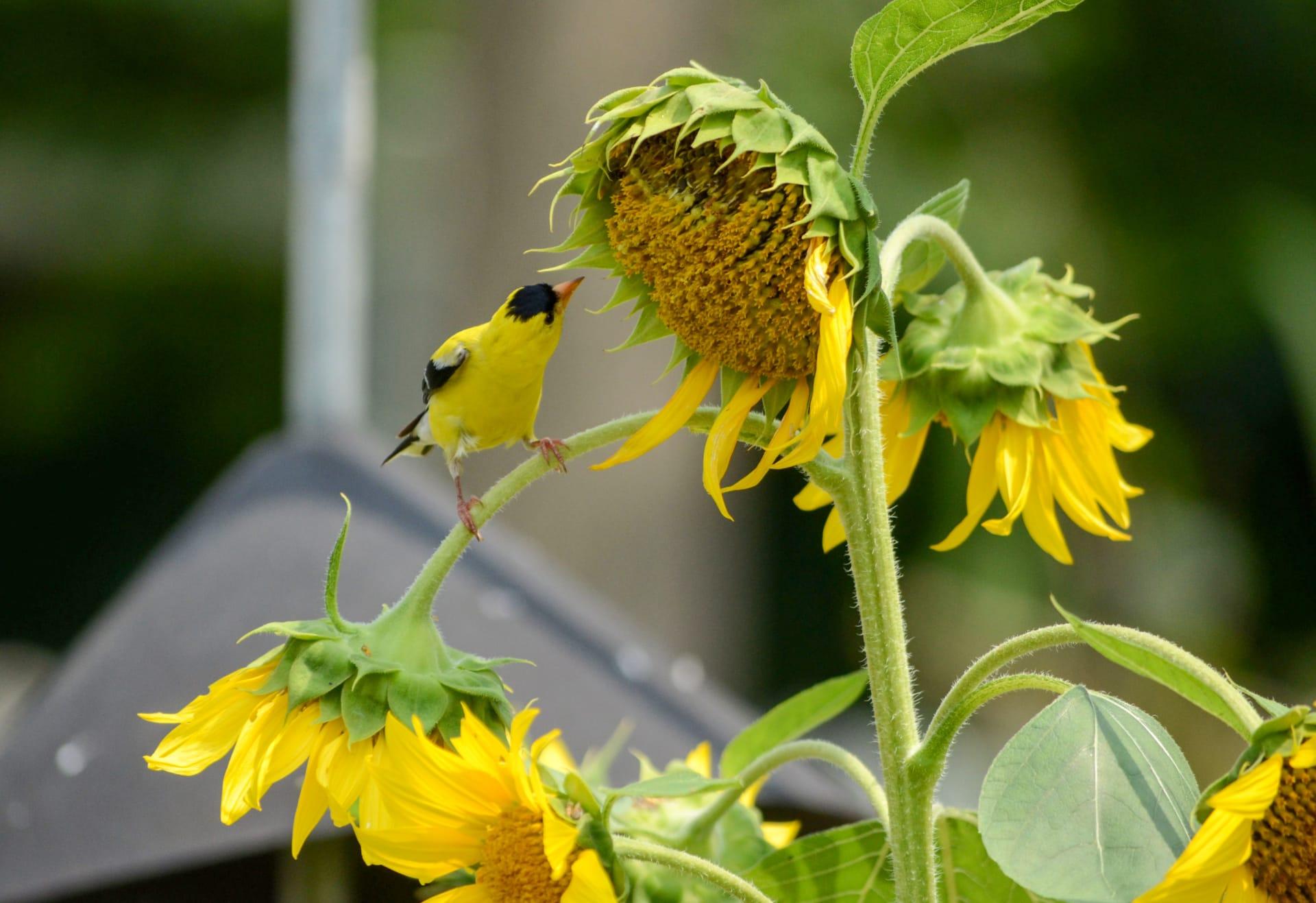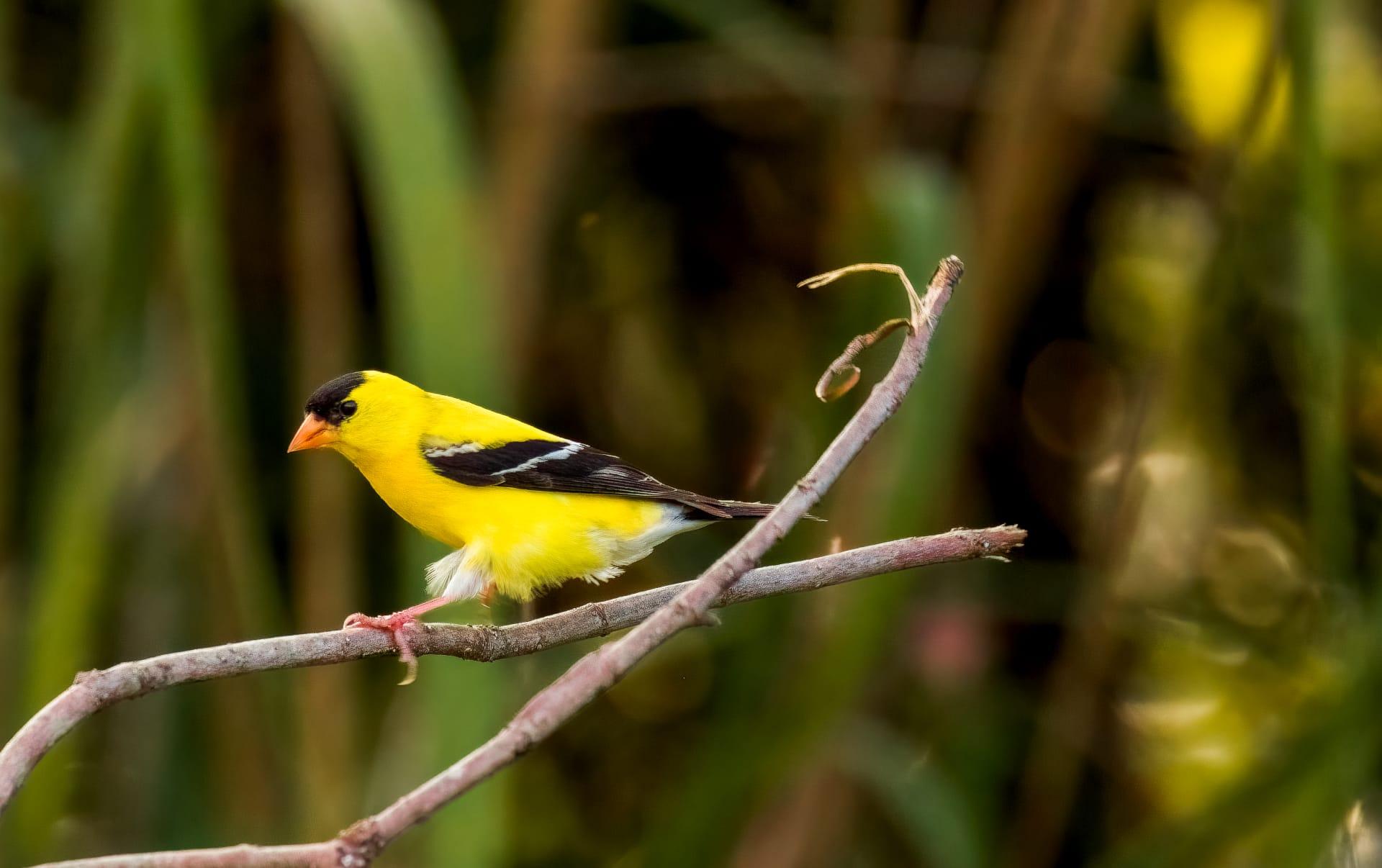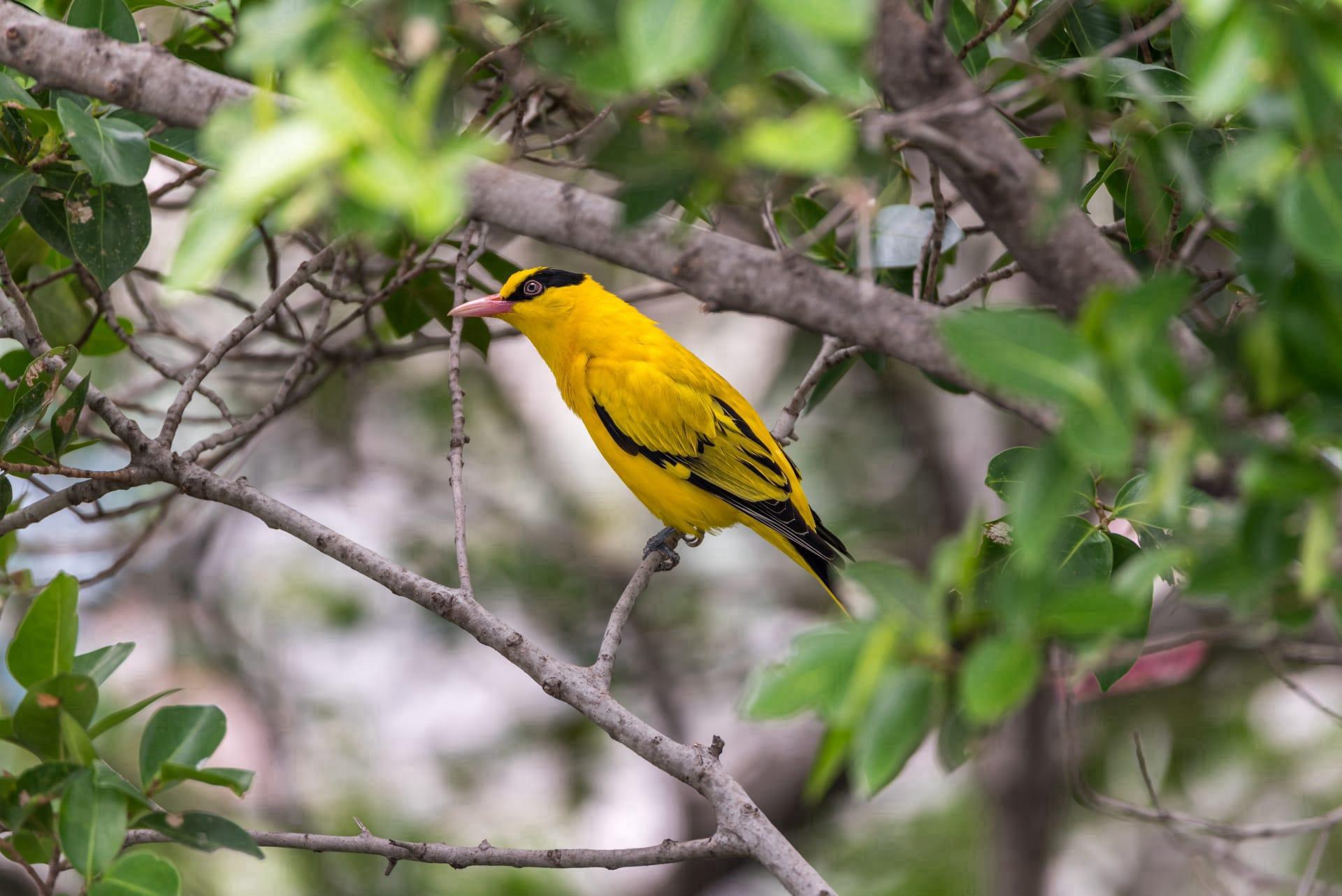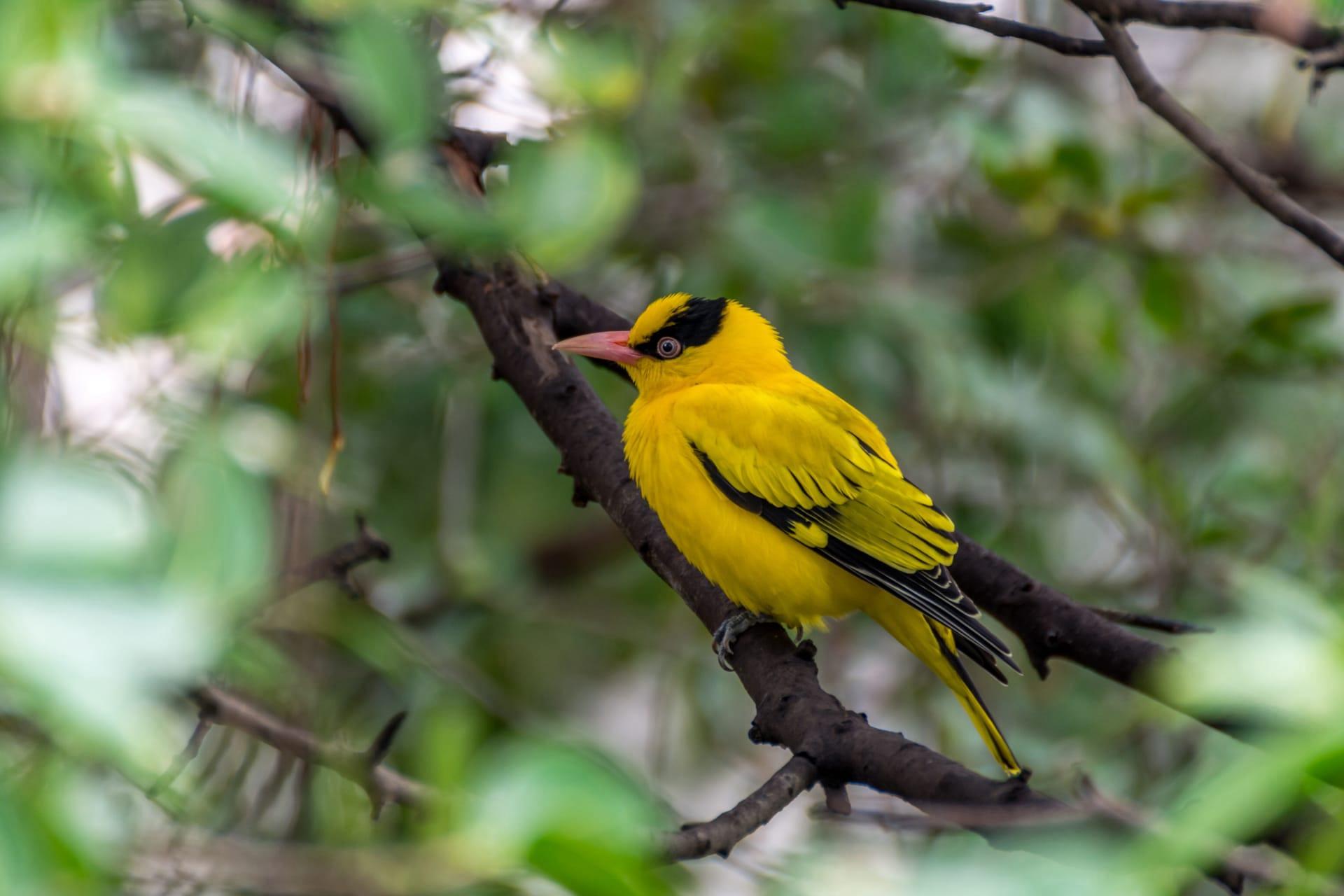Goldfinch
- Home /
- Mini Encyclopedia /
- Animal /
- Goldfinch
1
The Goldfinch, scientifically known as Carduelis carduelis, belongs to the family Fringillidae, which is part of the order Passeriformes. This species is recognized for its striking appearance, characterized by a bright red face, a black and white head, vibrant yellow wing bars, and a long, fine beak adapted for seed eating. Its size is typically around 12 centimeters in length, with a wingspan of 21-25 centimeters. The Goldfinch exhibits sexual dimorphism, with males having a more vibrant coloration compared to the females.
Goldfinches are widely distributed across Europe, North Africa, and western and central Asia. Their habitat range extends from the United Kingdom and Scandinavia in the north, to Morocco in the south, and eastwards through Europe and Asia to the borders of China. These birds are predominantly sedentary in the southern parts of their range, but northern populations are migratory, moving southwards in winter to escape the colder temperatures. They favor open, partially wooded lowlands, and are commonly found in gardens, orchards, and parks, often visiting bird feeders in urban areas.

2
Question: Do Goldfinches only eat seeds?
Answer: A common misconception about Goldfinches is that they solely consume seeds. While seeds, particularly from thistles and teasels, constitute a major part of their diet, these birds are actually omnivores. During the breeding season, they diversify their diet to include small insects and larvae, providing essential protein to their growing chicks. This varied diet is crucial for their survival, especially during periods when seed availability is low. Additionally, they consume tree buds, and in gardens, they may be seen eating seeds from feeders and small pieces of fruits.

3
The survival strategy of the Goldfinch involves a combination of adaptability and social behavior. Their diet flexibility, switching from seeds to insects depending on availability and nutritional needs, plays a key role in their adaptability to different environments. Goldfinches also exhibit a strong social structure, often seen in flocks, especially during non-breeding seasons. These flocks provide safety in numbers against predators and help in locating food sources.
Another survival trait is their migratory behavior. Goldfinches in the colder northern regions migrate to warmer areas during winter, ensuring access to food and milder climates. Their nesting habits also reflect adaptability, as they build intricate nests made from moss, grass, and twigs, often positioned in the forks of trees or bushes. These nests are lined with wool and feathers, providing warmth and protection for their eggs and chicks.

4
In the ecosystem, Goldfinches play a significant role as both seed dispersers and as part of the food chain. By feeding on seeds, they help in controlling the spread of certain plants, especially those considered weeds. Their preference for thistle seeds is particularly notable as it aids in the dispersal of these plants. The Goldfinch's foraging habits contribute to the maintenance of ecological balance in their habitats.
Goldfinches are also important as prey species for a variety of predators, including birds of prey, cats, and snakes. Their presence in different habitats supports the biodiversity of these ecosystems. Additionally, their migratory patterns contribute to the connectivity between different ecological communities, indirectly supporting a wider range of species beyond their immediate environment.

5
Film: "The Secret Life of the Goldfinch" (United Kingdom, 2018) is a fascinating documentary that explores the life of the Goldfinch in the wild. The film showcases their migratory journeys, feeding habits, and social structures. It provides an intimate look at their nesting and breeding behaviors, capturing the challenges and triumphs these birds face throughout their lifecycle.
Book: "Goldfinches: A Detailed Look" (United States, 2020) by John A. Smith. This comprehensive guide offers an in-depth exploration of Goldfinches, covering topics from their biology and behavior to their role in art and culture. Smith’s work is praised for its detailed descriptions, vivid photographs, and insights into the conservation of this species.
Book: "Feathers and Thistles: The World of the Goldfinch" (United Kingdom, 2017) by Emma Clarke. Clarke's book delves into the natural history of the Goldfinch, detailing their habitats, diet, and migration patterns. The book also examines the cultural significance of Goldfinches in literature and art, providing a holistic view of these enchanting birds.